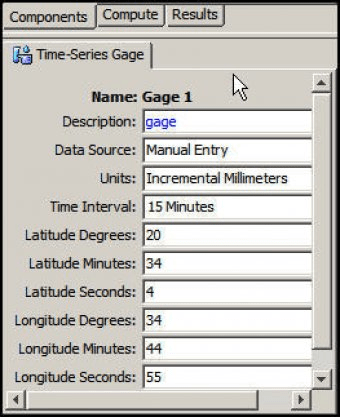

Simulates catchment dynamics using the diffusion wave model developed by Ponce (1986).

However, the procedure requires more computation time, due to the need for smaller time steps to maintain numerical stability. Numerical stability attained with moderately large time steps, on the order of 5 to 15 minutes Dynamic Wave: Can represent these conditions. Kinematic Wave: Efficient but simplified approach that cannot deal with backwater effects, pressurized flow, flow reversal, and non-dendritic layouts.

Muskingum-Cunge Standard Section Muskingum-Cunge 8-point Section Confluence Bifurcationħ EPA SWMM Routing models Steady flow Kinematic wave Dynamic waveĨ EPA SWMM Steady Flow: Instantaneous translation of a hydrograph with no time delay or change in shape due to conduit storage. Surface erosion and channel sediment transport Nutrient water quality simulationĦ HEC-HMS Routing Models Kinematic wave Lag Modified PuIs Muskingum Snowmelt, evapotranspiration, infiltration, data management, increase user efficiency. Version 3: New computational features and graphical user interface. A model relates something unknown (the output) to something known (the input).Ĥ Modeling Systems Hydrologic Modeling System (HEC-HMS)Ģ013 EPA’s Storm Water Management Model (SWMM) 2011 Overland flow diffusion wave modelĥ HEC-HMS US Army Corps of Engineers Four versions since HEC-1 1 MaRosa Aguilar Computational Hydraulics and HydrologyĬomparison of overland flow diffusion wave model with SWMM and HEC-HMS (Preliminary) MaRosa Aguilar Computational Hydraulics and HydrologyĢ Surface Runoff Water flow that occurs when the soil is infiltrated to full capacity and excess water from rain, meltwater, or other sources flows over the land (wikipedia).ģ Modeling Watershed runoff must be predicted to provide the information for certain activities: Increased volume of runoff for proposed changes to land use in a watershed.


 0 kommentar(er)
0 kommentar(er)
